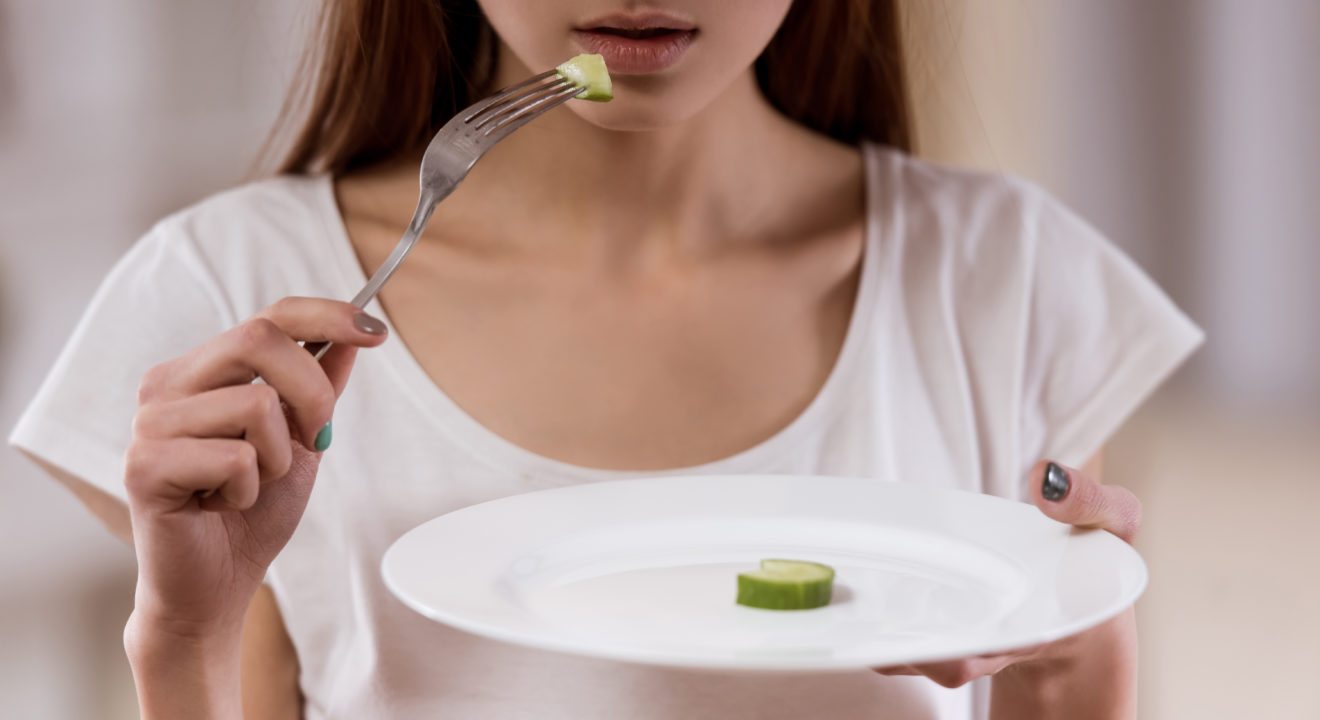Uncategorized February 16, 2017


By the age of 6, children, girls especially, start to express concerns about their weight. By elementary school, 46% of kids say they want to be on a diet. 69% of school-aged girls who read magazines say that the pictures influence their concept of the ideal body and 47% say the pictures make them want to lose weight. It is believed that 20 million American women and 10 million American men suffer from anorexia nervosa, bulimia nervosa, or binge eating disorder as a result of unrealistic beauty standards placed in our society. Why aren’t we talking about this?
Part of the problem is that people who have an eating disorder suffer in silence – living in denial that they actually have an eating disorder, fearing the shame that is associated with it, and the stigma that we attach to people who have mental illness.
The risks associated with eating disorders are astronomical, and we don’t teach our children about them. Anorexia nervosa has the highest mortality rate of any psychiatric disorder, and for females 15-24 who suffer from anorexia nervosa, the mortality rate is 12 times higher than any other cause of death.
Not only are there physical health risks, like heart failure and death, there’s also mental health problems to consider too. Alcohol and substance abuse are 4 times more likely, depression and mood disorders common, and high risk for obsessive-control disorder are more common in people with eating disorders.
Despite the prevalence and danger associated with eating disorders, there is little research done. Schizophrenia receives 9 times the amount of research funding as eating disorders for 1/10 the number of sufferers. This averages out to about $0.93 of research funding per affected individual.
Eating disorders, in part, stem from an unrealistic concept of the ideal body. Here is a chart of the average woman compared to Barbie and a store mannequin.
| Average Woman | Barbie | Store Mannequin | |
| Height | 5’4” | 6’0” | 6’0” |
| Weight | 145 lbs. | 101 lbs. | NA |
| Dress Size | 11-14 | 4 | 6 |
| Bust | 36-37” | 39” | 34” |
| Waist | 29-31’ | 19” | 23” |
| Hips | 40-42” | 33” | 34” |
The proportions of Barbie and the store mannequin give the general population a false idea of what a woman should look like, and that is dangerous.
Without treatment, 20% of people with a serious eating disorder will die. With treatment, that number falls to 2-3%, still too high for many.
There is a little light at the end of the tunnel. With treatment, about 60% of sufferers recover and 20% make a partial recovery. The remaining 20% do not recover, and struggle for the rest of their lives.
It’s time we start getting serious about tackling the eating disorder epidemic. With more accessible treatment options and health care coverage, more affected people will be able to receive treatment. Education starting at a young age is important to teach the dangers of eating disorders. A more realistic portrayal of women in magazines and the media will help combat unhealthy beauty standards. Take a leaf out of Aerie’s book and start a #Real campaign. That means no more Photoshop!
Eating disorders are a silent epidemic taking hold of our youth, and as a society, we need to stand up to protect those who could suffer, those who do suffer, and those who have suffered.
Sorry, no related posts found.